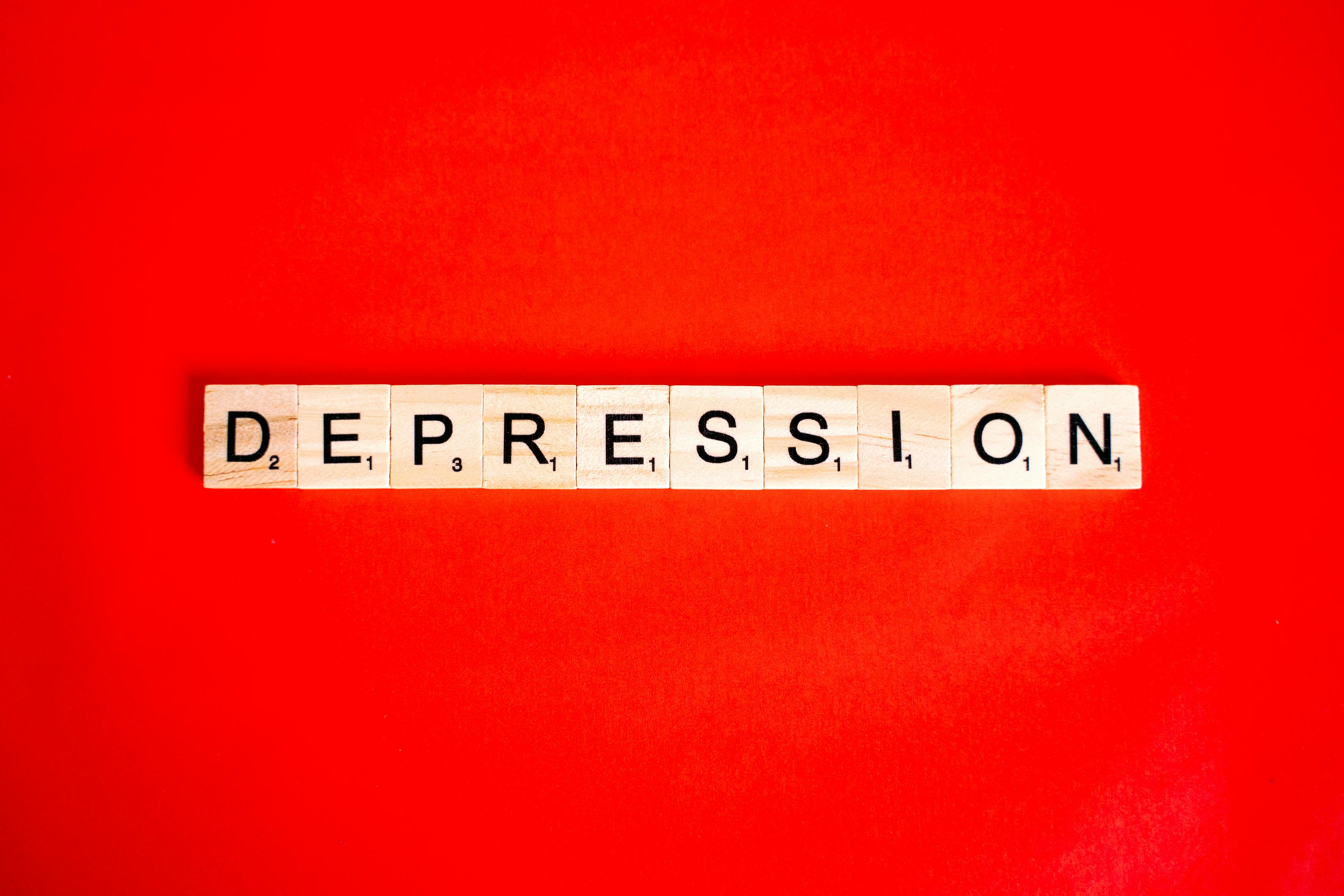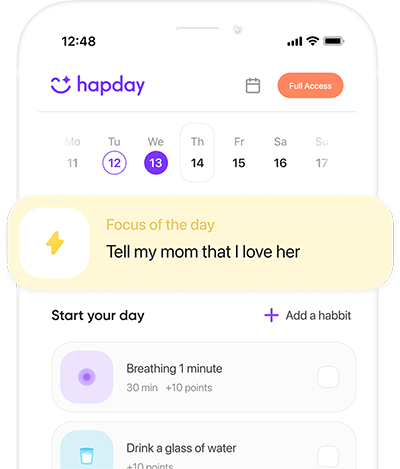Table of Contents
- Piecing Together Childhood Trauma
- Trauma, the Brain, and the Science Behind It
- The Ripple Effect on Mental Health
- Steps Toward Healing from Childhood Trauma
- Getting Ahead of Trauma—Prevention and Early Intervention
- Wrapping It All Up
- References
Childhood trauma—just reading those two words can send a shiver down your spine—has the potential to leave invisible scars that linger for years. At its core, it’s about those adverse childhood experiences (commonly referred to as ACEs) kids face before they turn 18. The kind of stuff that shouldn’t happen to a child, like emotional beatdowns, physical or sexual abuse, neglect, or living in a chaotic household. Sadly, these nasty experiences don’t just ruin a kid’s day; they can cast a long shadow over their mental health well into adulthood. So, trust me, getting a handle on what childhood trauma entails is crucial if we’re ever going to help these folks heal and bounce back.
Piecing Together Childhood Trauma
When it comes to childhood trauma, the sources are as varied as they are unsettling. The Centers for Disease Control and Prevention (CDC) dropped a bombshell with their data: 61% of adults across 25 states—a sizable chunk—said they’d gone through at least one type of nasty experience as a child. Imagine that! Family fights, parents splitting up, substance abuse at home, or just plain neglect are all pieces of this grim puzzle. And when you put them all together, they build up into something called toxic stress. Think of it as a hand grenade to the developing child’s brain—a surefire way to set them up for mental health hurdles down the road.
Trauma, the Brain, and the Science Behind It
It’s incredible, really, how vulnerable a child’s brain is. Neuroscience pokes its nose in to tell us that trauma doesn’t just ruffle a few feathers—it can actually reorganize the brain’s whole architecture. Picture the stress response system as a hyperactive conductor in a reckless orchestra, throwing everything off balance. The hypothalamic-pituitary-adrenal (HPA) axis—jargon, I know, but bear with me—goes haywire, messing with emotions and stress management. Anxiety, depression, and more serious disorders can flourish from this chaos. A study in the Journal of Child Psychology and Psychiatry even shines a light on how all that stress leads to shrunken prefrontal cortex volume, which is a fancy way of saying that trauma physically alters the brain in ways that can skew a child’s emotional and social compass.
The Ripple Effect on Mental Health
But the effects of this trauma? They don’t just pack up and leave once the teen years start. Nope, as adults, these folks are often dealing with a cocktail of mental health issues. Depression? Check. Anxiety disorders? Oh yes. Even PTSD and substance abuse sneak into the mix. Felitti and his crew’s ACE study—a goldmine of data—pulled back the curtain on how those with numerous ACEs virtually have a red carpet rolled out for mental health disorders, proving that more trauma equals more problems down the line.
In adulthood, it can look like lower life satisfaction or the inability to foster healthy relationships. The emotional scars and lousy coping turned survival tactics can follow an individual around like a bad penny, amplifying mental health woes.
Steps Toward Healing from Childhood Trauma
To heal from the gut-wrenching weight of childhood trauma, we can’t half-ass it. It takes a holistic approach that combines mind and body. Enter trauma-informed care—a game-changer in creating environments where those rising from the ashes of trauma feel safe enough to thrive.
- Therapeutic Interventions: Cue cognitive-behavioral therapies (CBT and TF-CBT for those in the know). These interventions are like a map, guiding individuals away from the negative barbs lodged in their brains and teaching them new ways to handle their stress.
- Mindfulness and Meditation: Present-moment awareness is almost magical, and who could argue with that? Practices like these can dial down PTSD symptoms and boost every corner of mental well-being.
- Supportive Relationships: Let’s face it; we all need someone in our corner. Having a friend, family, or support group can mean the world. It’s that reassurance, that “you’re not alone” vibe, that makes all the difference—talk about a lifeline!
Getting Ahead of Trauma—Prevention and Early Intervention
Stopping childhood trauma before it plants its roots demands vigilance and community effort. Jumping in early can slash the long-term effects. By nurturing tight-knit communities and schooling parents and caregivers on trauma, we can head off these experiences at the pass.
Schools and local hubs? They’re vital players. By spotting early red flags and offering resources and support, they bridge the gap to getting children the help they need—education as a healing force.
Wrapping It All Up
Childhood trauma—it’s everywhere, and the mental health consequences are staggering. But with a deeper understanding of its nature and its sinister effects, we stand a better chance of lending a helping hand. Recovery is very much within reach, set into motion from the right interventions and the building blocks of social support and resilience. Unraveling childhood trauma doesn’t just improve a single life; it ripples outward to create stronger communities.
For anyone navigating the rocky road to mental health wellness, Hapday is worth checking out.
References
- Felitti, V. J., Anda, R. F., Nordenberg, D., Williamson, D. F., Spitz, A. M., Edwards, V., … & Marks, J. S. (1998). Relationship of childhood abuse and household dysfunction to many of the leading causes of death in adults: The Adverse Childhood Experiences (ACE) Study. American Journal of Preventive Medicine, 14(4), 245-258.
- Teicher, M. H., & Samson, J. A. (2016). Annual Research Review: Enduring neurobiological effects of childhood abuse and neglect. Journal of Child Psychology and Psychiatry, 57(3), 241-266.

